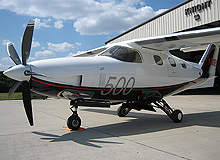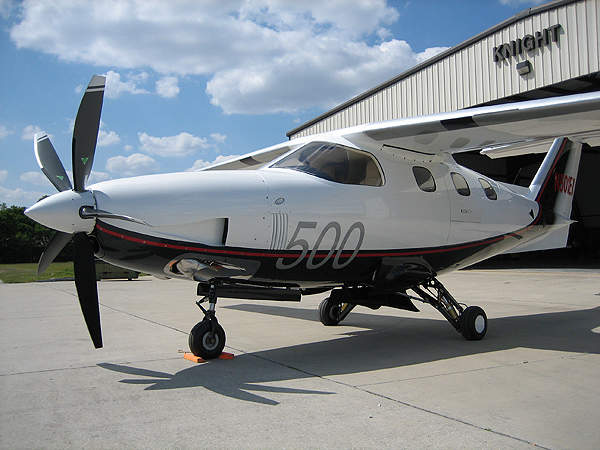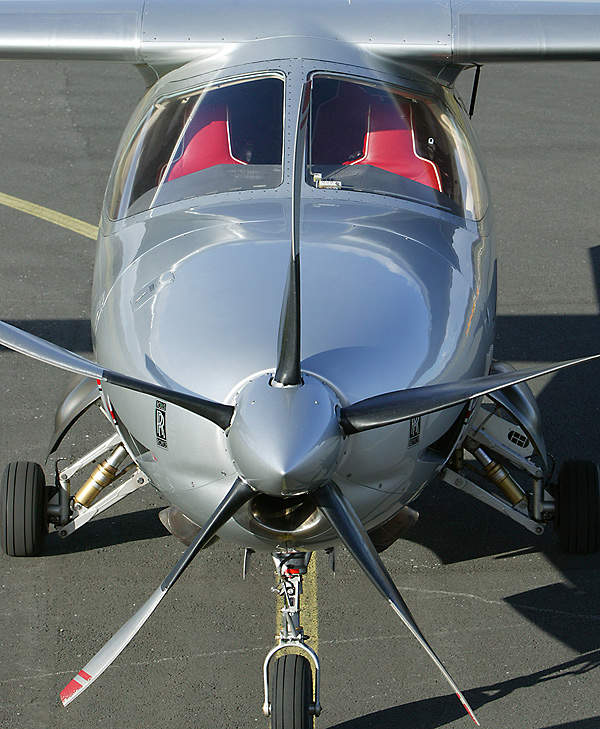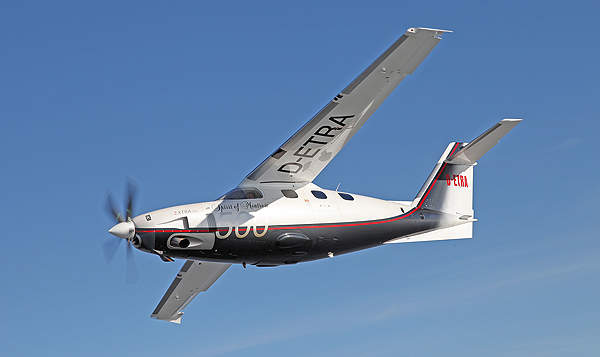The EA-500 is a single-engine, six-seat light utility aircraft designed and being developed by Germany-based Extra Flugzeugbau. It is an advanced version of its forerunner, the EA-400 six-seat piston-engined aircraft.
The first EA-500 is expected to be delivered at the Aero Friedrichshafen in April 2012, a global expo for general aviation.
Design and features of the EA-500 aircraft
The EA-500 is designed as a high wing monoplane and can operate in both day and night conditions. It can land on semi-prepared airstrips or grass runways. It can carry passengers and cargo even in hostile conditions, adhering to the instrument flight rules (IFR).
EA-500 features a robust carbon-fibre fuselage made up of composite materials, a glazed in nose, carbon-fibre wing structure with an integral tank, a pressurised cabin, a pilot side heated windscreen, a tricycle type retractable undercarriage and three convex windows on either side of the fuselage.
The aircraft is fitted with an electric elevator trim, dual cockpit dome lights, multiple LED eyebrow flood lights, ice detection lights, wing-mounted recognition lights, navigation and strobe lights, electric fuel pumps and low-fuel sensors.
It is integrated with pneumatic Teflon boots to operate under tough icing conditions.
Development of Extra Flugzeugbau’s light utility aircraft
Development of the EA-500 began in 2002. The maiden flight of the EA-500 prototype took place on 26 April 2002. The aircraft was initially scheduled to be displayed at the ILA 2002 Berlin Air Show, but was delayed due to the crash of the prototype on 30 April 2002.
The EA-500 was unveiled at the National Business Aviation Association (NBAA) convention held in the US in October 2003.
It was accredited with EASA certification in July 2004. Production of the first EA-500 began in 2009.
The first EA-500 incorporated with an Entegra Release 9 avionics suite was unveiled in April 2010. It was certified by European Aviation Safety Agency (EASA) in June 2011.
Flight deck incorporating Avidyne’s Entegra avionics suite
Extra Aircraft selected the Avidyne Corporation in April 2009 to its supply Entegra Release 9 flight deck system for the EA-500 aircraft.
The all-digital flight deck’s avionics suite includes three IFD5000 integrated flight displays, a dual air data attitude and heading reference system, a dual FMS900w flight management system, wide area augmentation system, dual 16W VHF navigation or communication radios and dual channel digital byteflight databus.
Cabin and engines of the German single-engine, six-seat light utility aircraft
The cabin of the EA-500 measures 4.1m long, 1.4m wide and 1.2m high. It can carry five passengers in club seating configuration. It is equipped with an air conditioning and circulation system to supply fresh air to the passengers onboard.
A bleed air cabin heating and electrical defrosting system maintains constant temperature in the cabin when operating in cold environments.
The cabin features a six-place intercom, 12V power outlet at the rear seats, baggage and cargo tie-downs, under-seat storage space and four overhead cabin reading lights.
The piston engine of the EA-400 has been replaced with a Roll-Royce Model 250-B17F/2 turboprop engine in the EA-500. The engine is driven by a five-blade constant speed reversible MT composite propeller. The engine produces 340kW of maximum output power. It consumes JP-4, JP-5 and JP-8 fuel types.
Model 250-B17F/2 features a four-to-six-stage axial, gearbox, a single-stage centrifugal compressor, dual-stage low pressure turbine, combustor, heated engine air inlet and two-stage high pressure turbines, integrated with a Honeywell hydromechanical fuel controller.
The engine’s dry weight is 96kg. The time between overhaul of the engine is 3,500 hours.
Performance of the EA-400 follow-up
The EA-500 can climb at the rate of 7.4m/s. The maximum and cruise speeds of the aircraft are 435km/h and 418km/h respectively. The stall speed is 111km/h.
The range is 2,963km and the service ceiling is 7,620m. The maximum endurance of the EA-500 is 4.2 hours. The take-off and landing distances are 381m and 280m respectively.








